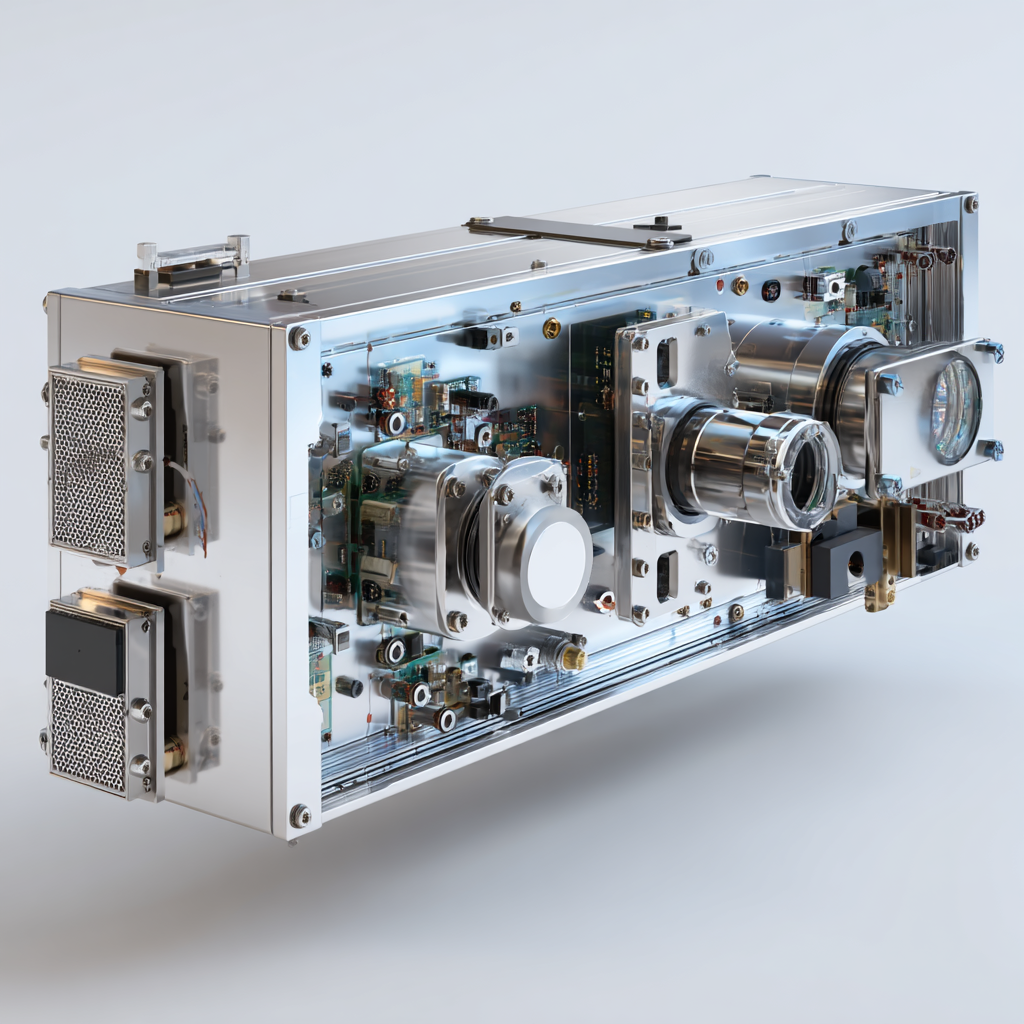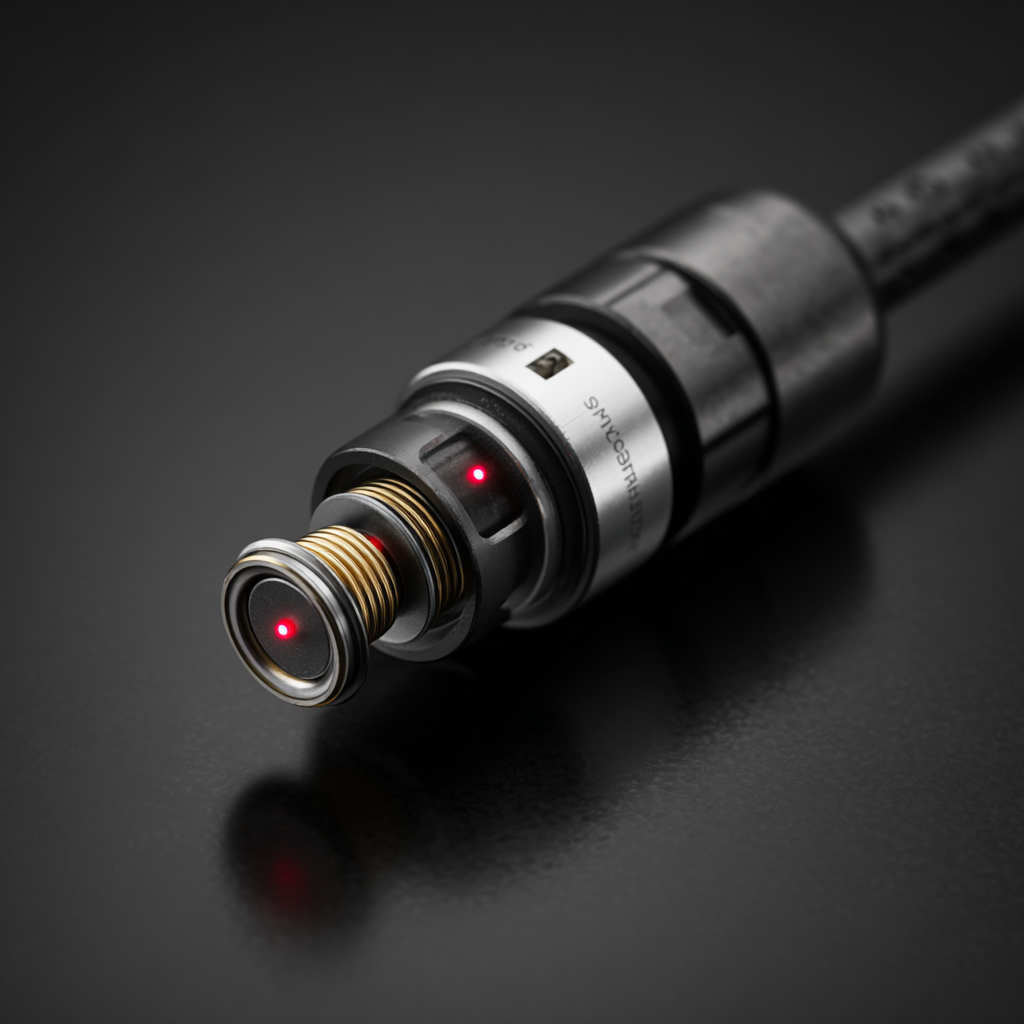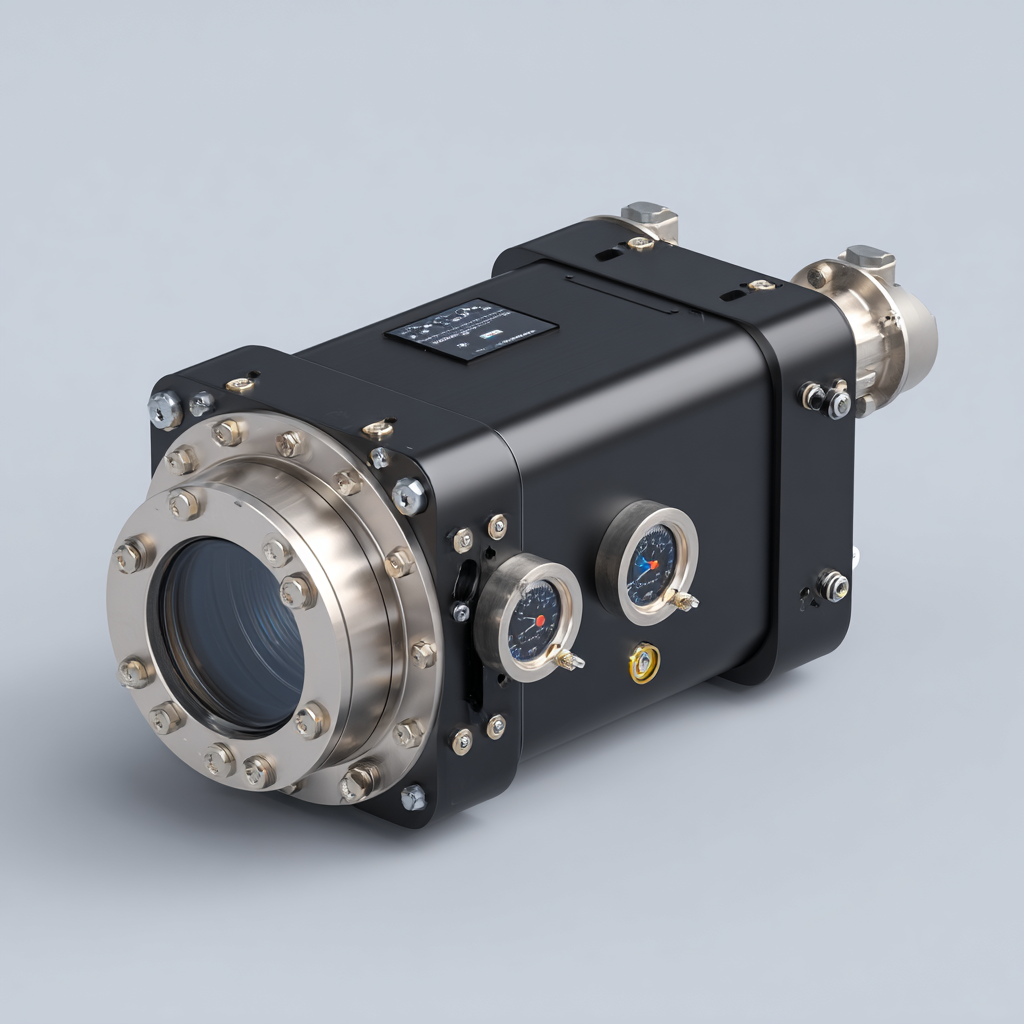
-
Home
-
Product Center
-
Application
-
Support
-
JT Cloud
-
About Us
-
Contact Us
Leave Your Message

In recent years, the demand for advanced monitoring solutions across various industries has surged, highlighting the critical role of Heat Flux Sensors in enhancing efficiency and safety. According to a report by MarketsandMarkets, the global market for heat flux sensors is projected to reach USD 1.3 billion by 2025, growing at a CAGR of 6.5% due to increasing applications in energy management and aerospace sectors. China has emerged as a key player in this field, leveraging innovative technologies to produce superior heat flux sensors that not only meet but exceed international standards. This advancement not only reinforces China's standing in the global market but also fosters strategic partnerships, paving the way for collaborative innovation. In this blog, we will explore how China's cutting-edge heat flux sensor technology is setting a new benchmark for excellence and driving global cooperation in various sectors.

China's advanced heat flux sensors are revolutionizing industrial applications, providing unparalleled accuracy and efficiency. These sensors excel in measuring the flow of heat in various environments, from manufacturing plants to energy production facilities. By offering real-time data, they enable businesses to optimize their thermal management processes, leading to significant cost savings and enhanced productivity. As global industries face rising energy demands, China's innovations are proving to be a game changer.

Tip: When choosing heat flux sensors, consider the specific requirements of your application, such as temperature range and response time. Selecting the right sensor can dramatically affect your operational efficiency and product quality.
Moreover, the collaboration between Chinese manufacturers and international partners is fostering a new era of technological advancement. Through joint ventures and shared research initiatives, these partnerships are pushing the boundaries of what is possible with heat flux measurement. Companies that leverage this collaboration can access cutting-edge technology and maintain a competitive advantage in their respective fields.
Tip: Stay updated on the latest developments in heat flux sensor technology by subscribing to industry newsletters and attending relevant trade shows. This knowledge can help you make informed decisions about integrating new sensor solutions into your operations.
China's advancement in heat flux sensor technology is significantly influencing the structural health monitoring (SHM) market. As highlighted in various industry analyses, the SHM market is poised for remarkable growth, driven by applications in critical infrastructures such as bridges, dams, buildings, and wind turbines. The increasing emphasis on safety and longevity of these structures underscores the necessity for enhanced sensor performance and accuracy. Notably, the MEMS sensor market is projected to reach $16.9 billion in 2024, with a compound annual growth rate (CAGR) exceeding 9.7% from 2025 to 2034, mainly fueled by rising demand in consumer electronics. This signals an urgent need for integrating advanced data analytics into sensor technologies to fully leverage their capabilities.

Furthermore, predictive maintenance is emerging as a vital aspect within the sensor market, particularly in applications involving vibration, gas, and temperature sensors. As industries become more reliant on real-time data, the ability to analyze and interpret vast amounts of sensor data will be crucial. By implementing sophisticated data analytics, companies can identify potential failures before they occur, thereby optimizing maintenance schedules and minimizing downtime. This shift not only enhances operational efficiency but also fosters stronger global partnerships as countries collaborate to adopt these innovative technologies in their infrastructure projects.
In the realm of healthcare innovation, strategic collaborations are becoming increasingly vital for enhancing capabilities and expanding global outreach.
The recent partnerships between leading healthcare institutions underscore the importance of shared expertise and resources.
For instance,
The London Clinic and Northwestern Medicine are collaborating to leverage advanced technologies and heat flux sensor developments, which are critical in improving patient care and operational efficiency.
According to industry reports, implementing innovative health technologies can lead to a 25% increase in diagnostic accuracy and a 30% reduction in operational costs.
As these institutions join forces, they highlight the necessity of global partnerships in healthcare advancements. Effective collaborations enable access to groundbreaking technologies that enhance patient safety and treatment outcomes. For healthcare organizations looking to explore similar partnerships, here are a few tips:
China has emerged as a leader in the development of heat flux sensors, surpassing many global competitors in both technology and application. According to a recent report by TechNavio, the global heat flux sensor market is expected to grow at a CAGR of over 8% from 2023 to 2027, with China's innovations driving a significant portion of this growth. The superior sensitivity and accuracy of Chinese sensors allow for precise measurements in various industrial applications, including aerospace, automotive, and energy sectors, making them essential for optimizing performance and safety.
Tips: When selecting heat flux sensors, consider their calibration standards and environmental adaptability. Ensure the sensors can withstand the specific conditions of your application, such as high temperatures or corrosive environments. By leveraging the advanced capabilities of Chinese sensors, industries can significantly enhance their operational efficiency.
In comparative analysis, China’s heat flux sensors are noted for their affordability without compromising on quality. A study by MarketsandMarkets indicates that Chinese manufacturers enjoy lower production costs due to economies of scale, allowing them to offer competitive pricing against Western products. This competitive landscape not only boosts market accessibility but also fosters innovation among global players, ultimately benefiting end-users with better technologies and solutions.
As heat flux measurement technology continues to evolve, it is becoming increasingly essential in optimizing electronic device performance. With nearly 80% of the electrical power input of these devices dissipated as waste heat, effective thermal management is crucial. Advances in sensor technology are driving innovation, allowing for precise measurements of heat transfer and enabling more efficient electronic systems in both economic and military applications.
Tips for enhancing heat flux measurements include implementing real-time monitoring systems that can allow for immediate adjustments to thermal management strategies. Additionally, integrating machine learning algorithms can improve predictive maintenance, thereby prolonging device lifespan and operational reliability. As China enhances its capabilities in this domain, collaborations with global partners will likely yield revolutionary advancements in heat flux sensor technology.
The future of heat flux measurement not only lies in improved accuracy but also in developing sensors that can withstand extreme conditions, making them suitable for a wider range of applications. By prioritizing research in this field, companies can push the boundaries of what is possible, leading to significant improvements in energy efficiency and system performance.